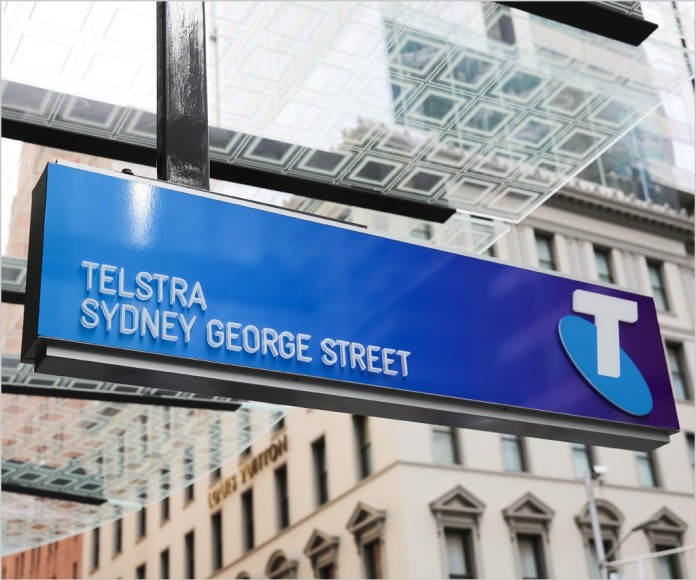
news The Federal Government and Telstra have announced the telco is to roll out small cell mobile technology to boost data coverage in more than 130 rural and regional communities.
The move will bring 4G mobile data connectivity those communities as part of Telstra’s $165 million commitment to the Federal Government’s Mobile Black Spot Programme.
A small cell is a downsized version of a standard mobile base station that is more normally used to boost coverage and capacity in densely populated urban areas.
Telstra said it has adapted the technology to deliver 4G data services to a “selected area” in small towns and communities.
At this stage, the telco said, its small cell technology can provide data services only, however, it is working on implementing Voice over LTE (VoLTE) technology to eventually allow customers to make voice calls using 4G.
Mike Wright, Telstra Group Managing Director, Networks, said rolling out the small cell technology was part of Telstra’s plan to expand its 4G coverage to 99% of the Australian population by June 2017.
“The growing use of mobile devices such as smart phones and tablets is changing the way we live,” said Wright. “The introduction of fast 4G data services via a small cell in these locations will mean residents will be able to access social media and video on the go for the first time, as well as increased opportunities for local businesses.”
Wright added that the 135 small cells sites will be in addition to 429 communities who will receive expanded Telstra 3G and 4G coverage under Round One of the government’s Mobile Black Spot Programme.
“When we made our bid under Round One, our core objective was to maximise new coverage to regional communities, which is why we made this additional pledge to further expand mobile data services at our own expense,” he said.
Telstra worked closely with the Federal Government to identify the communities who were eligible for this small cell technology, Wright explained, adding: “We will also continue to work with the Government to identify further opportunities to deploy this innovative technology to more rural areas.”
“Of the 429 3G/4G mobile base stations, we have already delivered new and improved mobile coverage to a number of communities across the nation in only a few months under Round One of the Programme and we look forward to rolling out coverage to even more Australians in the near future,” he concluded.
The full list of communities that will receive the small cell base stations can be found on Telstra’s website.
Image credit: Telstra

Has there been any examination of the cost effectiveness of this program? What percentage of government money usually goes to the build of a new station? Is it a lot cheaper than a tower being built by government with open access to all providers?
The public are paying for private infrastructure again. Money laundering. Small cells should be backed with fibre NBN.
That is all they should really be. Small cells. not imposed on everyone.
The heist of our money to Telstra is hundreds of billions in the end.
It’s not about coverage, it’s just about covering the small remote town centres where the population are.
It’s a great if you’re at the local pub in town, bad if you’re driving in or away from town as you will get no reception.
It’s a marketing gimmick.
Comments are closed.